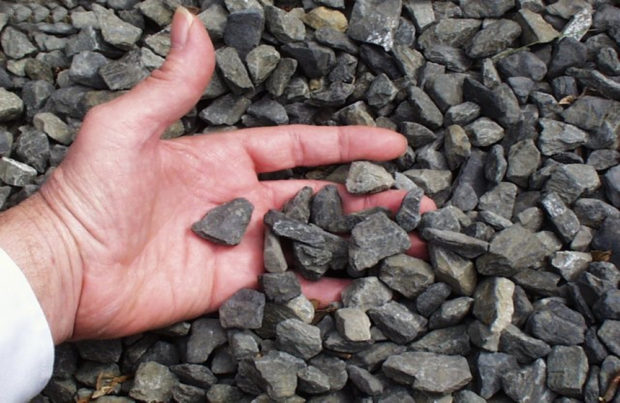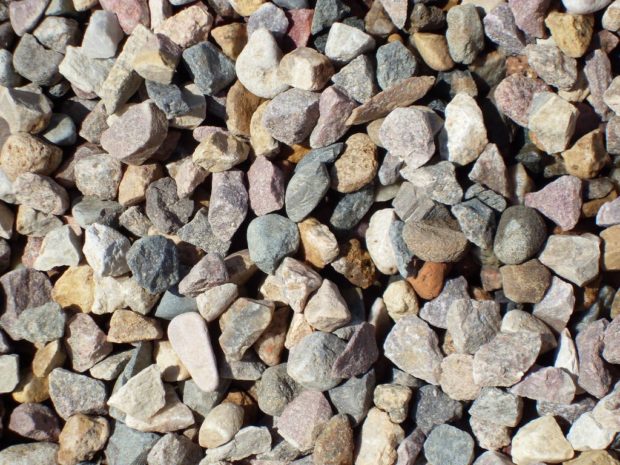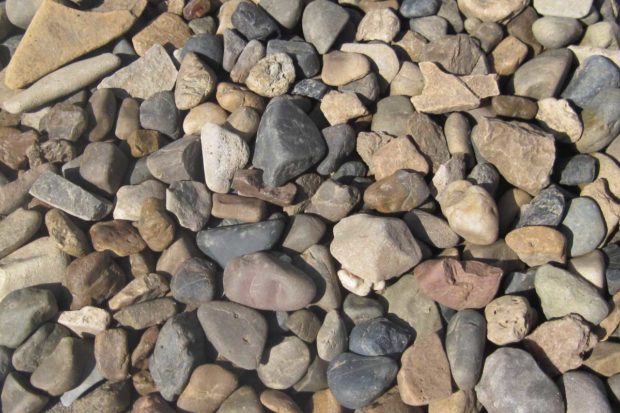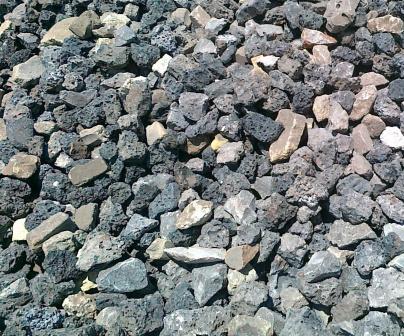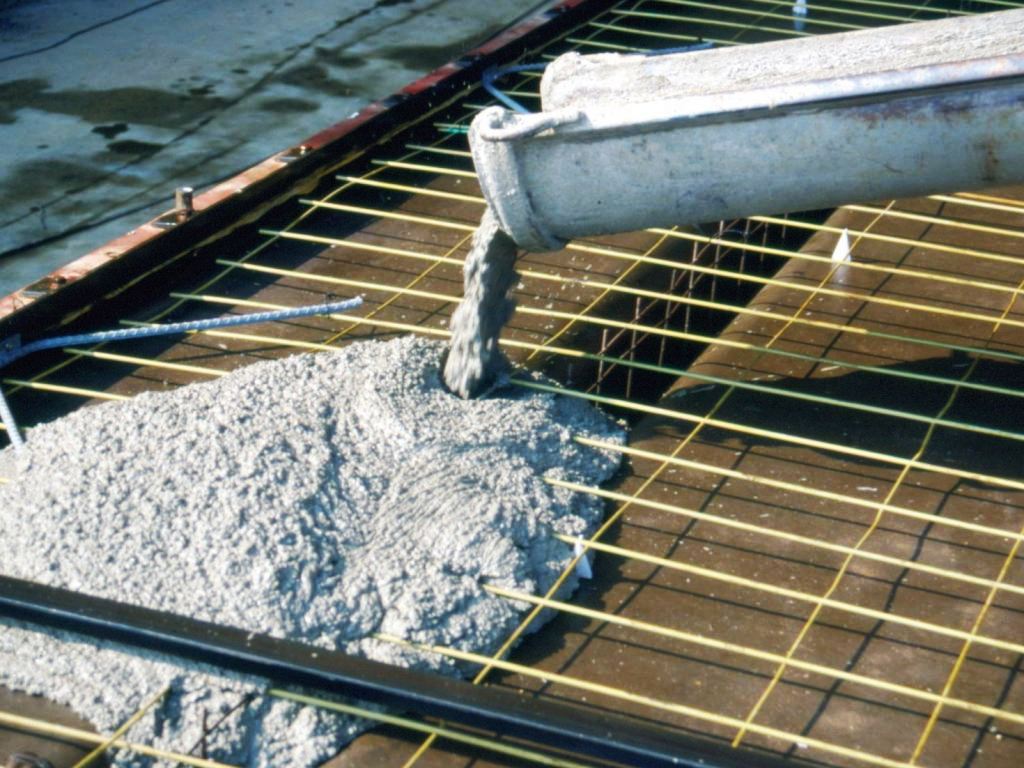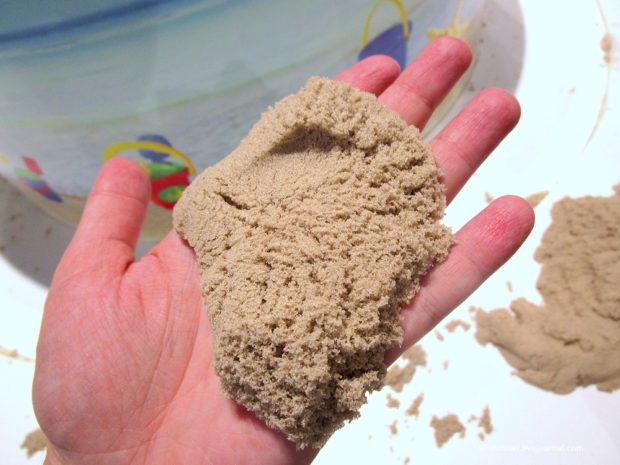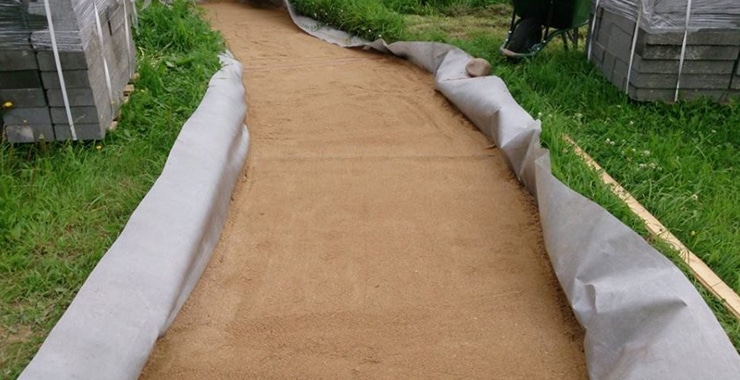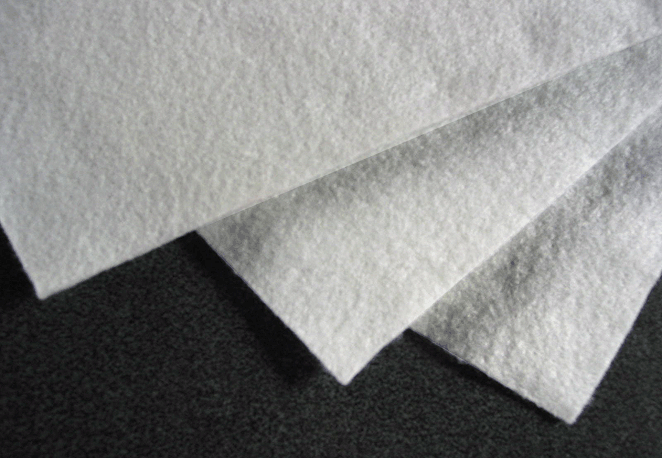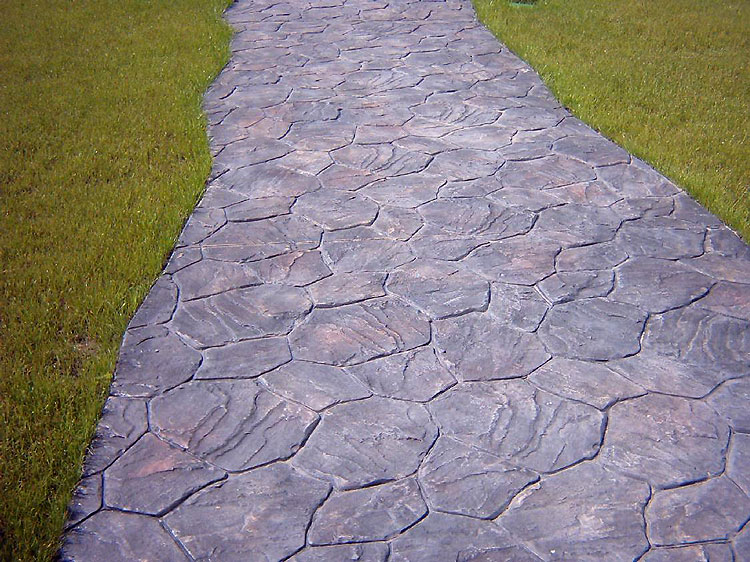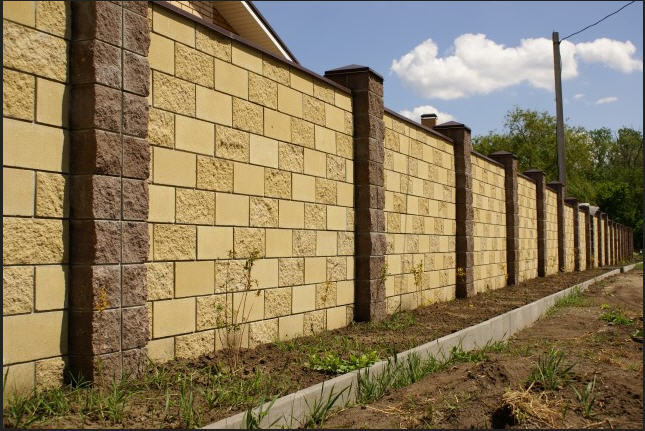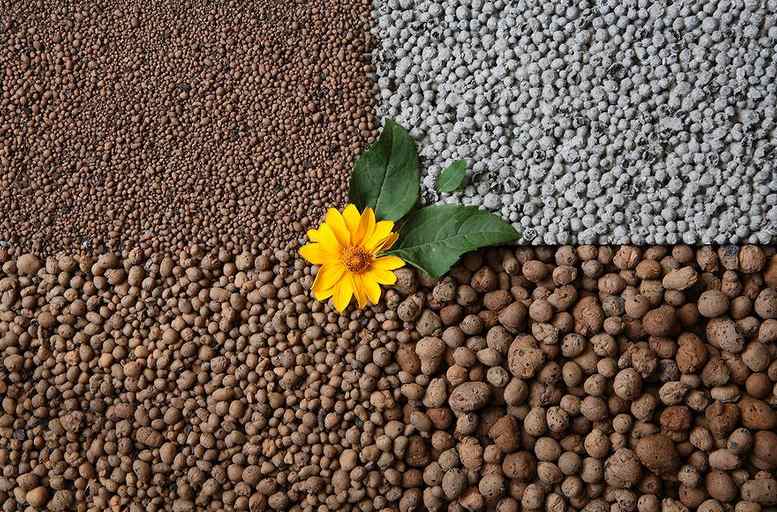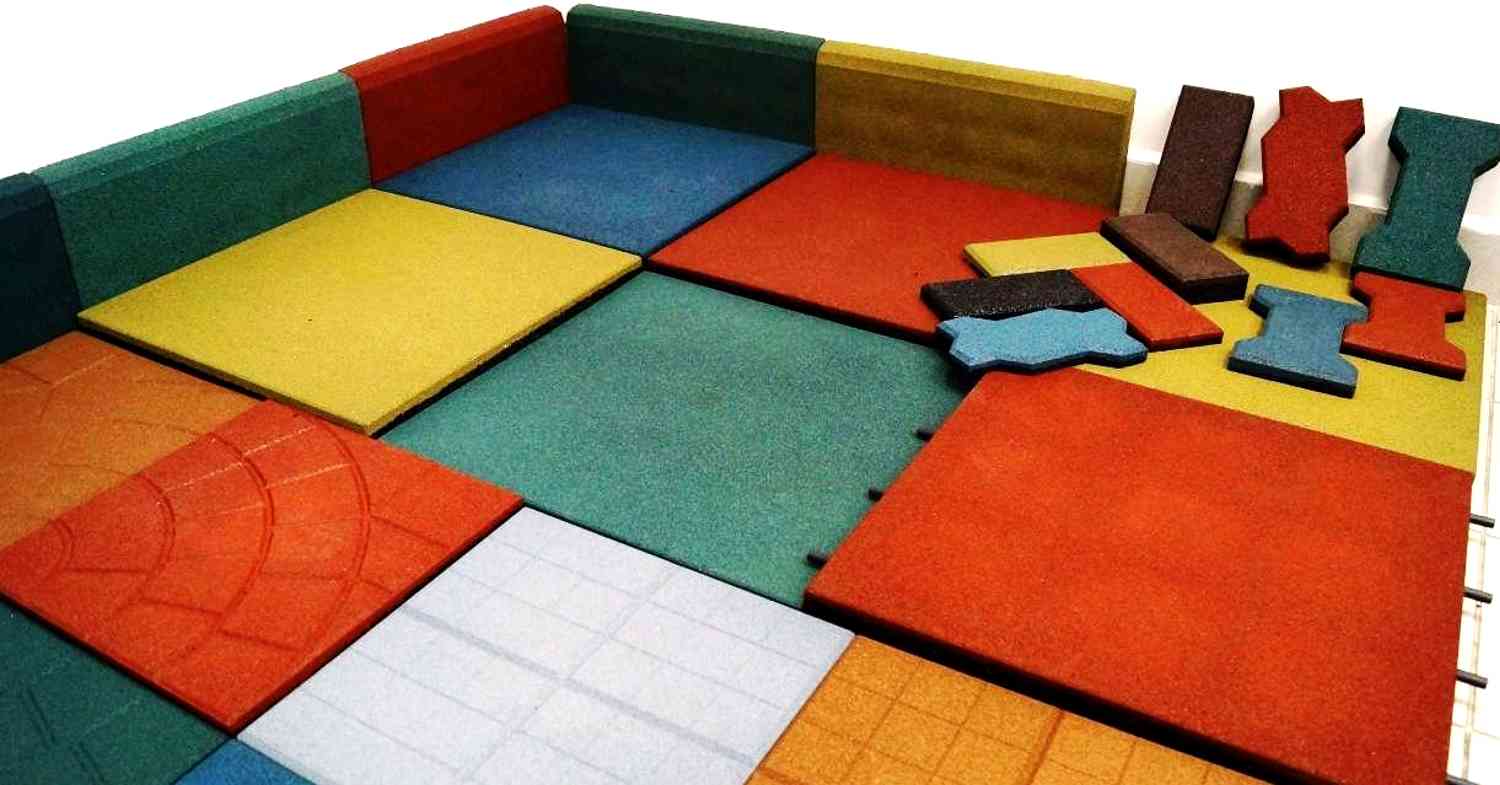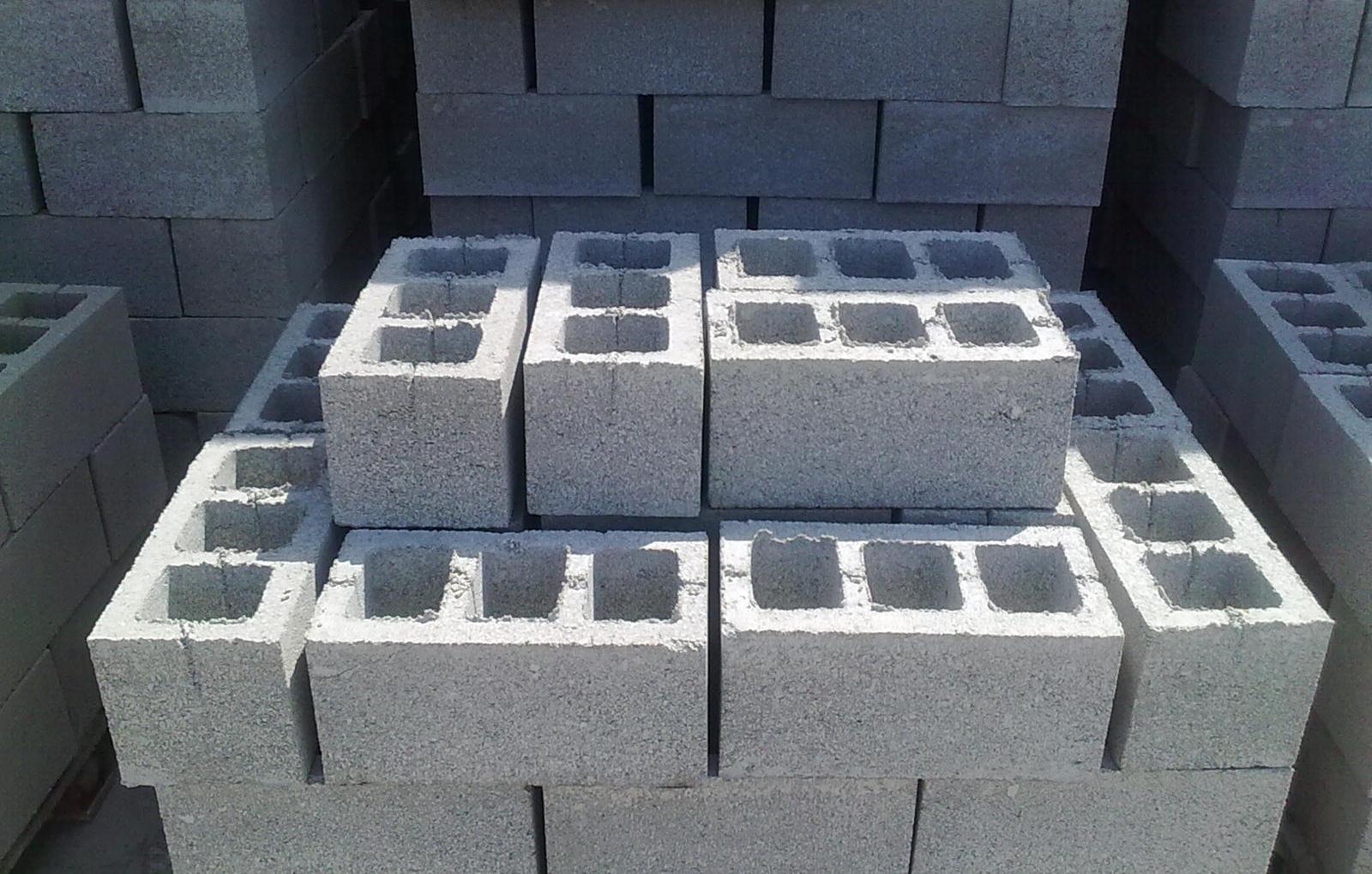8 tips for choosing crushed stone: types, fractions, brand, application
It is difficult to name the scope of construction, no matter where crushed stone is used. This is an indispensable bulk material, which is characterized by a huge variety of species, and in each case, you should use the material of a particular fraction, strength, flakiness, color and frost resistance. Let's try to deal with the volumetric classification and understand what types of gravel exist, what fractions and grades it is, and how to choose gravel so that it optimally matches the field of application.
No. 1. How to get and where to use crushed stone?
Bulk material is called bulk material, which can vary significantly in color, size of fractions, strength and other parameters. The main reason for such a wide discrepancy in characteristics lies in the origin.
By origin, crushed stone is divided into:
- rock crushed stone, which is obtained by mining stone. It can be gravel, granite, quartzite and limestone. This is the most preferred group of materials for use in construction work;
- ore crushed stone obtained by processing rocks of ferrous and non-ferrous metals;
- secondary and slag crushed stone derived from construction waste and production processes. It could be pieces bricks, concreteasphalt pavement etc.

The second two types of crushed stone, although less popular, but still find application, since scope of use of crushed stone wide enough. It is used for manufacturing concrete of different gradeserection of monolithic structures and foundations, in the production of block building material, for drainage, the creation of pavings of various types, including bulk garden paths and highway. In addition, gravel cannot be dispensed with when arranging runways and railways, and designers loved this material for the opportunity decoration them flower beds, ponds, embankments and indoor surfaces.
No. 2. Crushed stone fractions
As a result of crushing the raw materials, particles of different sizes are formed, or, in other words, different fractions of crushed stone. To separate one fraction from another, crushed stone is sifted through a special sieve called a screen. There are particles of crushed stone from 3 mm to 300 mm and more.
Classifications of gravel by fractions are even greater than the fractions themselves. The simplest is division into five fractions:
- the first is debris up to 5 mmwhich cannot even be called rubble. Rather, it is a by-product of production; it can be used only for decorative finishing of tracks;
- the second is crushed stone the size 5-20 mm. It is the most sought after in construction and production of concrete products material, it is also used for road construction and foundation. Such gravel is indispensable in private construction in the preparation of concrete;
- the third is crushed stone 20-40 mm. It is used in drainage works, in the construction of tram and railway lines, and can also be used in the arrangement of foundations of industrial buildings;
- the fourth - large rubble the size of 40-70 mm can be used for drainage, added to concrete and concrete products;
- fifth - the largest crushed stone the size of up to 300 mm, so-called boot. Its use is very limited, but it is suitable for decoration fences, pools and water bodies.

There is another, more detailed classification of crushed stone by size, which implies separation of standard and non-standard fractions. Such fractions as 3-8 mm, 5-10 mm, 10-20 mm, 20-40 mm, 25-60 mm, 20-70 mm, 40-70 mm are referred to standard fractions. By agreement with the consumer, non-standard fractions of 10-15 mm, 15-20 mm, 80-120 mm and 120-150 mm can be produced.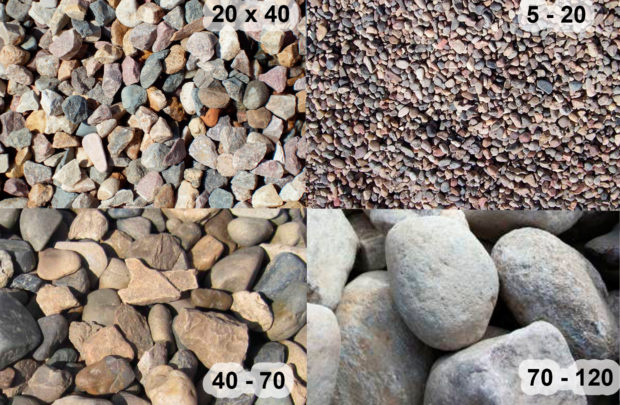
No. 3. Rubble flakes, or geometry of form
In the mass of rubble there are elements of different forms. There are stones that differ in the presence of flat, even faces, they have lamellar or needle-shaped. Stones with conditionally equal faces are called cuboid. The higher the content of lamellar and needle-shaped elements in the crushed stone, the higher flakiness indicator. The operational characteristics of crushed stone and the scope of its use depend on it.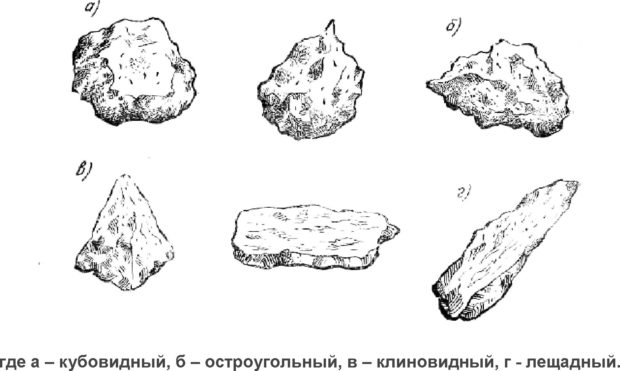
According to flakiness, crushed stone is divided into such types:
- ordinary crushed stone with flakiness of 25-35%;
- improved crushed stone, where part of the needle-shaped grains is 15-25%;
- cube-shaped crushed stone with flaskiness of no more than 15%.
Crushed stone with a low flakiness indicator is used where it is important to compact the concrete mix tightly. The needle-like grains create unnecessary voids in the concrete, so more rubble has to be added, but even so, the compressive strength and finished material will be lower. Crushed stone with high flakiness is used in drainage works and is used in road construction.
Number 4. Density and strength of crushed stone
The density of crushed stone ranges from 1.2 to 3 g / cm3 and greatly depends on the type of origin of the material. The higher the density, the more versatile the material. The density and strength of crushed stone are directly proportional indicators.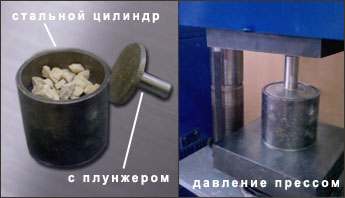
Strength is the ability of a material to withstand mechanical loads of various kinds. Research and determination of the strength grade are carried out by a series of tests, checking the crushed stone in the cylinder, the shelf drum and compressing it. Such experiments make it possible to simulate real conditions for future operation. By grades of strength crushed stone is from M200 to M1600 (numerical value means maximum load bearing capacity in kg / cm2) and is divided into such classes:
- M200 - crushed stone of very low strength, used in the arrangement drainage systems and creating an unloaded dump;
- M300-M600 - crushed stone of low strength, used in the same areas as crushed stone M200;
- M600-M800 - crushed stone of medium strength, can be used when creating unloaded structures, for example, curtain walls;
- M800-M1200 - durable crushed stone, the most versatile option that is used to create foundations, load-bearing walls, supports, fences, etc .;
- M1200-M1400 - high-strength crushed stone, without which it is impossible to build the foundation of a multi-storey building, bridge supports and hydraulic structures;
- M400-M1600 is a heavy-duty crushed stone, which is rarely used and only when creating particularly critical structures.

In crushed stone normalize amount of impurities of weak rocks, because the strength of the material directly depends on this. To determine this parameter, tests are carried out and a pressure on crushed stone of 20 MPa is created. According to GOST 8267-93, part of the impurities of low-strength rocks are normalized in this way:
- for crushed stone M1600 - no more than 1%;
- for crushed stone M1000-M1400 - not more than 5%;
- for crushed stone M400-M800 - no more than 10%;
- for crushed stone M200-M300 - no more than 15%.
If the content of low-strength impurities is more than 20%, then the material is called gravel and is used only in non-responsible work, for example, when creating temporary structures, filling roads of local importance, etc.
No. 5. Frost resistance of crushed stone
Frost resistance shows how many cycles of freezing and thawing can withstand crushed stone without losing its basic strength properties. In laboratory conditions, this indicator is determined by drying and saturation of the material in a solution of sodium sulfate.Strength is indicated in the marking by the letter F, followed by a number - an indicator of the number of freeze-thaw cycles. Frost resistance of crushed stone varies from F15 to F400, and in the construction of buildings it is best to use crushed stone frost resistance not less F300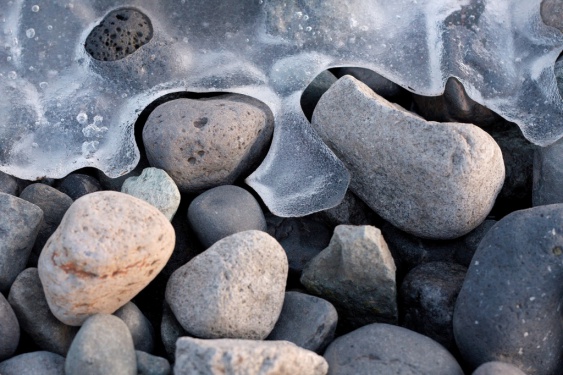
In terms of frost resistance, these types of crushed stone are distinguished:
- unstable, F15-F It is used as a backfill, for drainage and for interior work in constantly heated rooms;
- stable, F50-F150. It can be used for low-rise residential construction in the southern regions;
- highly resistant F200-F This is the most universal type of crushed stone, which can be used for the construction of critical structures, in high-rise construction, when creating various kinds of concrete products.
No. 6. Radioactivity level
Radioactivity is just as important an indicator of the quality of crushed stone as is its strength or frost resistance. In many ways, the natural radioactive background depends on which rock the crushed stone is made of. Granite is characterized by increased radioactivity, while quartzite and limestone have a low natural background.
By the level of radioactivity, crushed stone is divided into such classes:
- I class - This is a material with a low radioactivity not exceeding 370 Bq / kg. Universal material that is suitable for the construction of any kind of objects. This gravel is ideal for residential construction;
- II class - crushed stone with radioactivity up to 740 Bq / kg. It is suitable only for road construction.
The radioactivity of crushed stone must be documented, therefore, when choosing and buying material, it does not interfere with making sure that there are appropriate certificates and sanitary and epidemiological conclusions.
Number 7. Shade of rubble
The color of the rubble depends on the origin of the material. When it comes to the construction of foundations, drainage and production of concrete products, the shade of rubble does not play any role. If the material is used for decorative work (for example, for interior decoration of walls, decorating flower beds and ponds), then color is of great importance, there are a lot of different options. Crushed stone is characterized by a huge variety of colors, from gray to reddish, brownish, pink and yellowish.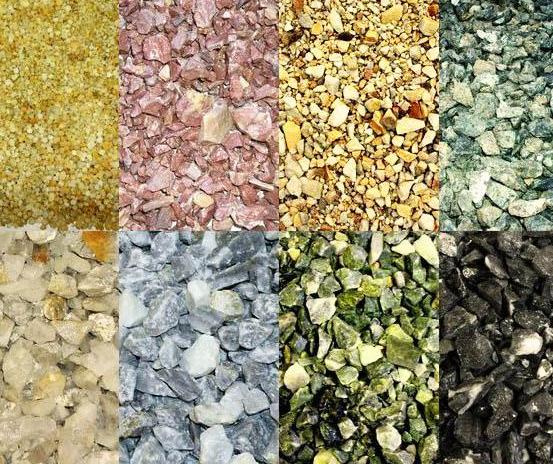
Number 8. The most popular types of rubble (by origin)
We have already mentioned that crushed stone can have a different origin, which determines its performance. Today, the most popular are the following types of gravel:
- granite crushed stone - The most durable and versatile. It is obtained from rocks of igneous origin, which may include crystals of feldspar, mica, and quartz. Depending on the predominance of certain minerals, the color of such gravel can be gray, pink or even reddish. Granite crushed stone is very durable (M1400-M1600), frost-resistant (F300-F400), has a low flakiness, but may have an increased radioactive background, so you should definitely look for certificates when buying it. Granite crushed stone is the best in all respects, therefore the price for it is appropriate, but still it is most often used in construction. It is used in the manufacture of concrete products, concrete, foundation, construction of roads of all types, the construction of critical facilities, bridges, airfields, etc. Fractions from 5-10 mm to 150-300 mm are isolated;

- gravel gravel obtained by explosive development of stone rocks and screening of quarry rock. The shape of the particles can be streamlined and cornerstone, the color is mostly gray, but elements with a greenish, white and beige hue can be found. According to the main indicator, gravel crushed stone is inferior to granite, but still its properties allow the use of material in the construction of critical facilities. Maximum strength - M1200, it has good frost resistance and low radioactive background. Since there are many quarries for its extraction, and the process itself is not as labor-intensive as in the case of granite, the price of gravel gravel is significantly lower.A fraction of 5-20 mm is used in the manufacture of paving slabs, 5-40 mm - for the production of some concrete products, 20-40 mm - for the production of concrete and road filling;

- quartzite crushed stone obtained from rock, the basis of which is the mineral quartz. In terms of strength, such crushed stone is practically not inferior to granite, has a slight radioactive background and boasts an excellent appearance, therefore it is often used in decorative work;

- limestone crushed stone obtained from sedimentary rocks. It has the least strength among all types of crushed stone of mountain origin. The color is white, may have shades of yellow, brown and gray. The main advantage is the low price. Due to its low operational qualities, limestone gravel can be used only when erecting non-essential structures, for example, low-rise buildings and roads with a small load, as well as in the production of simple concrete products. It is also used for the manufacture of mineral fertilizers, portland cement etc.;

- secondary crushed stone obtained by processing construction waste, incl. brick, concrete, asphalt, etc. The production process remains the same as in the production of primary crushed stone, with the exception of raw materials. The main advantage of such crushed stone is the price, but in terms of basic indicators it is inferior to the granite counterpart, however, there are areas where the most durable and frost-resistant crushed stone is not required. Maximum strength corresponds to approximately M800, frost resistance - F Secondary crushed stone is used in the construction of roads with a small load, as a large aggregate for concrete, as well as for strengthening weak soils;

- slag crushed stone obtained by processing metallurgical slag. As a result, a material with particles of 5-120 mm in size comes out. It is used in the production of cement concrete and for strengthening foundations in road construction.

As you can see, for any purpose of use, one can find crushed stone with suitable properties and the most favorable price. The main thing is to read the documentation when buying.

